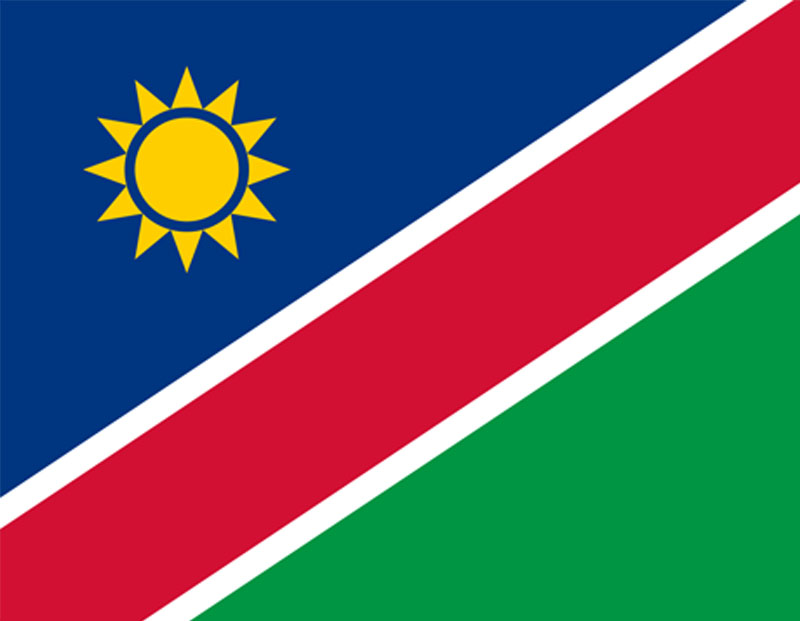(3 minutes read)
The debt-to-GDP ratio of Namibia rose to 65.9% by the end of December 2022, according to the Bank of Namibia (BoN). This was above the Southern African Development Community (SADC)benchmark of 60% of GDP and represents a 0.5 percentage point increase from the calendar year 2021, driven by the disbursement of the AfDB loans in December 2022, exchange rate depreciation, as well as a rise in treasury bills and internal registered stock to finance the central government deficit.
The debt-to-GDP ratio of Namibia rose to 65.9% by the end of December 2022, according to the Bank of Namibia (BoN). This was above the Southern African Development Community (SADC)benchmark of 60% of GDP and represents a 0.5 percentage point increase from the calendar year 2021, driven by the disbursement of the AfDB loans in December 2022, exchange rate depreciation, as well as a rise in treasury bills and internal registered stock to finance the central government deficit.
This was mainly due to a rise in the issuance of both Treasury Bills (TBs) and Internal Registered Stock (IRS), coupled with a rise in external debt due to the disbursement of the AfDB loan. There was a consistent decline in the central government’s total loan guarantees on a yearly basis, dropping to 4.8% of GDP from 5.7% of GDP the previous year. Repayments of foreign loans guaranteed by the government in the transport sector, as well as the development finance institutions, is one of the factors in this decline.
Prominent think tanks projected that Namibia’s total debt will reach N$150.9 billion in the fiscal year 2023/24, representing a 13.6% increase from the current level of about N$132 billion. This will be driven by domestic debt going forward.
Read Also:
https://trendsnafrica.com/nedbank-namibia-clocked-34-profit-surge-an-all-time-high/
Namibia’s foreign reserves stay up to N$47.6 billion, equivalent to 4.9 months of imports of goods and services, attributed to foreign asset swap arrangements, the AfDB loan, and revaluation gains from the exchange rate. But the country’s external balance sheet recorded a lower net asset position during the fourth quarter of 2022 compared to a year ago, due to a rise in direct and other investment liabilities which grew faster than foreign assets.
Namibia’s rising debt-to-GDP ratio is a concern for economists and investors alike, amid doubts about the country’s ability to service its debt and meet its financial obligations.





